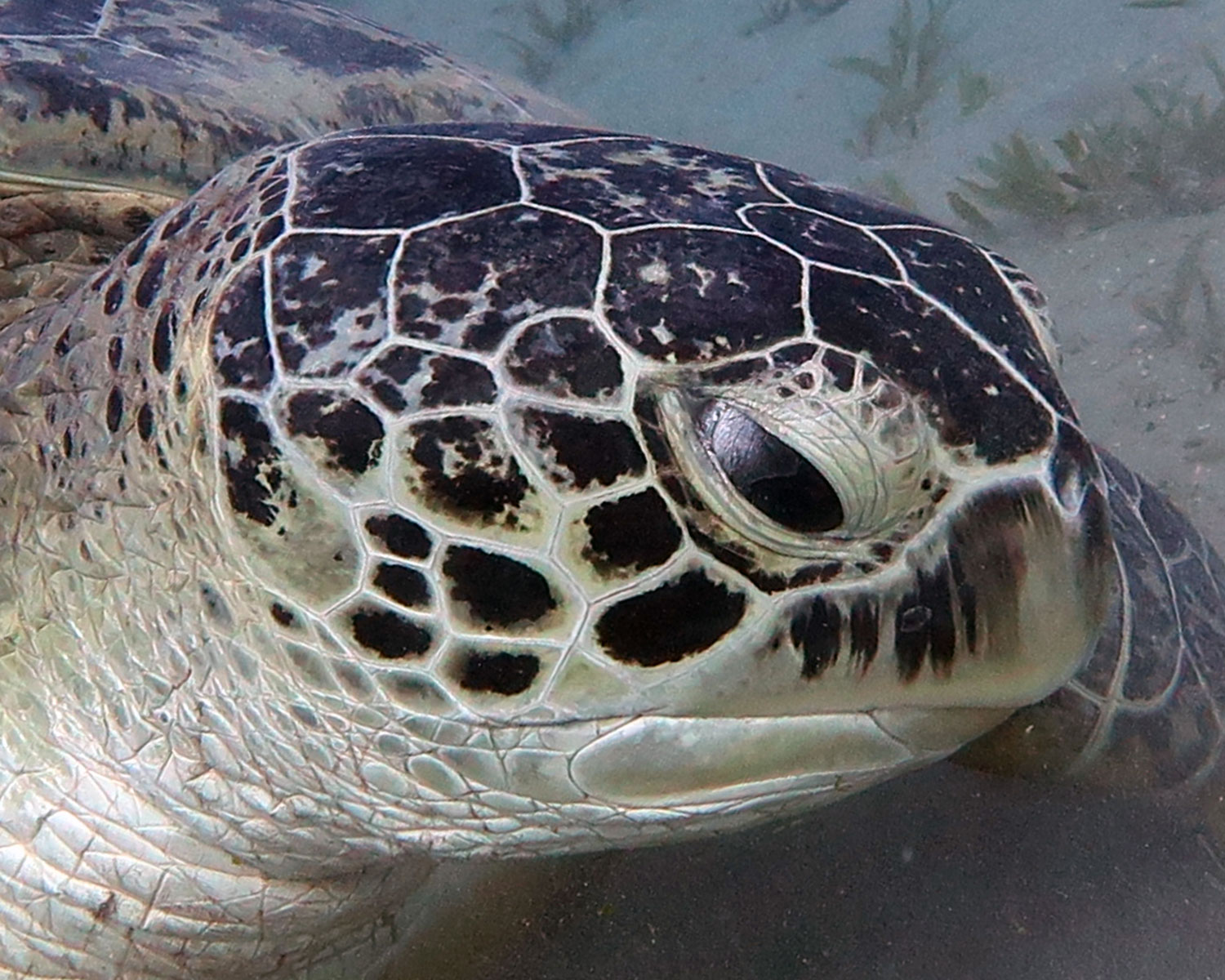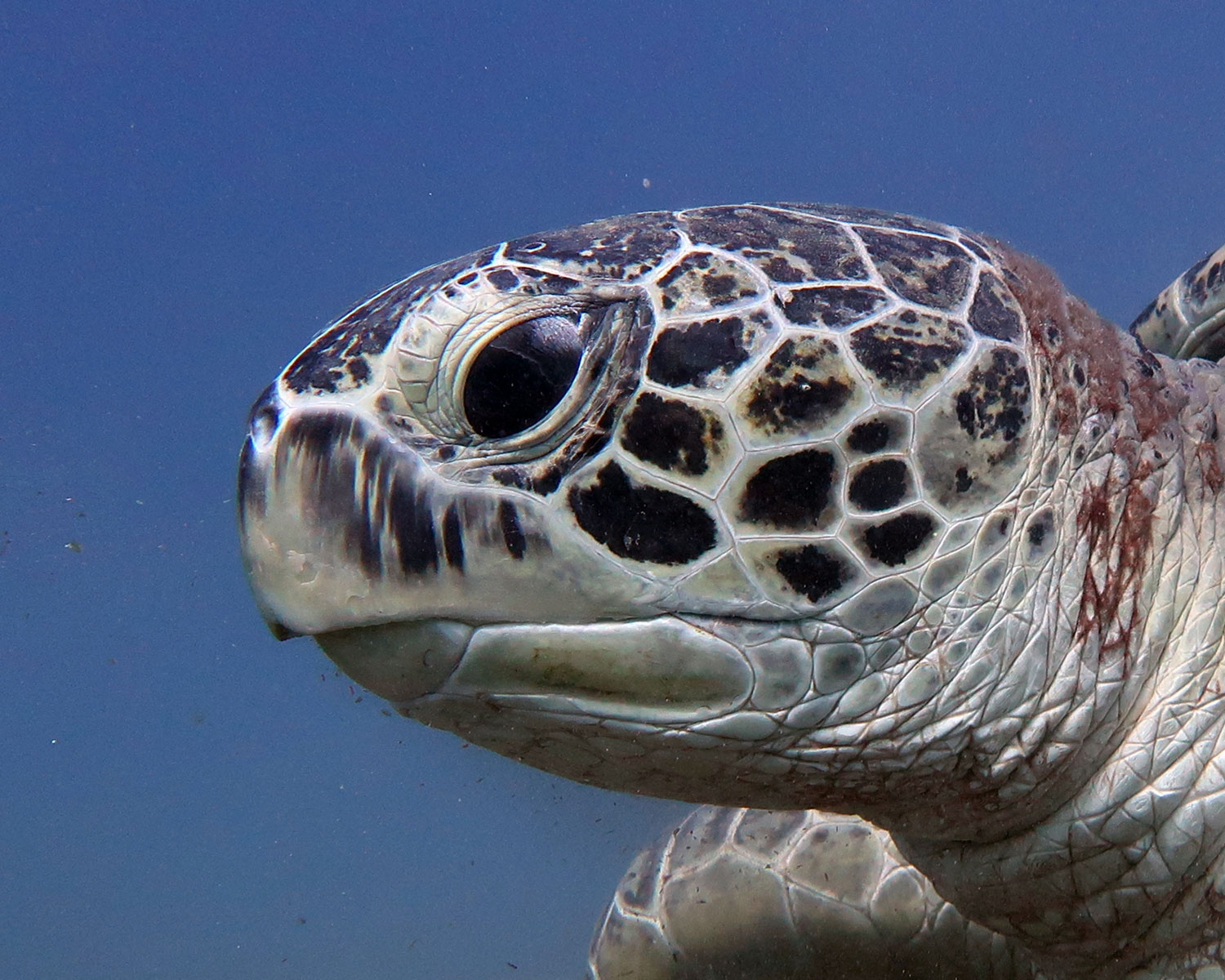Right profile
SHARE YOUR SIGHTINGS
Join the movement to protect the marine turtles in the Red Sea
HOW TO SHARE YOUR SIGHTINGS:

Left profile

Required info
- Photographer
- Date
- Location
- Permission to share your pictures
Optional info
- Dive center / independent
- Time
- Depth
- Water temperature
- Species
- Activity at first sight
- Approx. size
- Sex
- Other info
WHAT HAPPENS WITH YOUR DATA?
The collected data will be reviewed by our staff, inserted into our Red Sea Turtles database and will be used to generate spatial and temporal distribution maps. In the long term, this data will also help us to estimate population trends and abundance.
We use your pictures only in promotional and educational material. We will credit the photographer in all occasions. We will contact you if we would like to use your images in publications like dive magazines or posters.
See the sightings map and find your turtle!
Find out your turtles’ sightings in the Red Sea.
787
Turtles registered
9196
Turtles sightings

